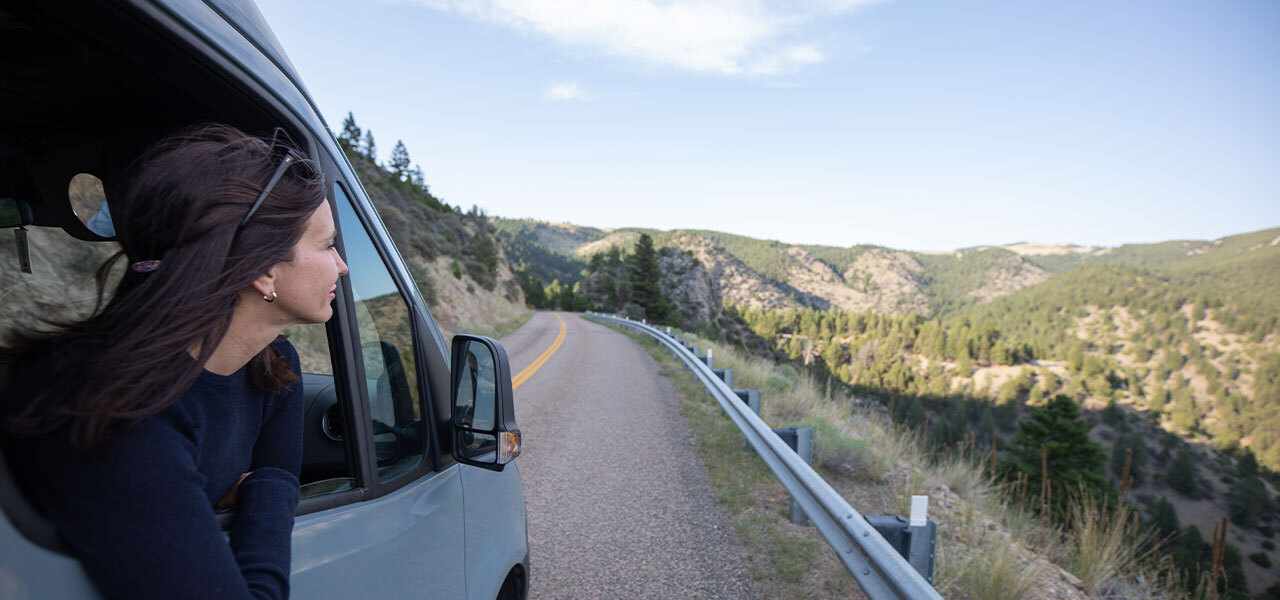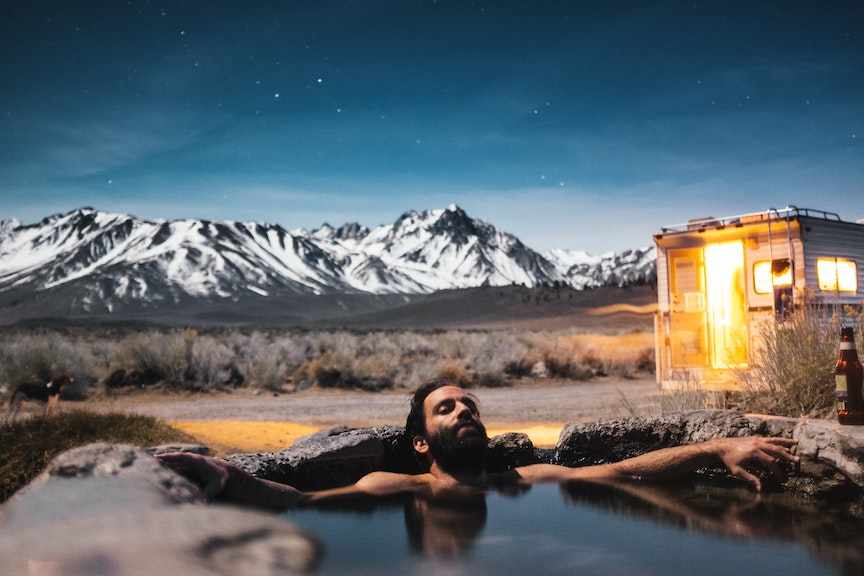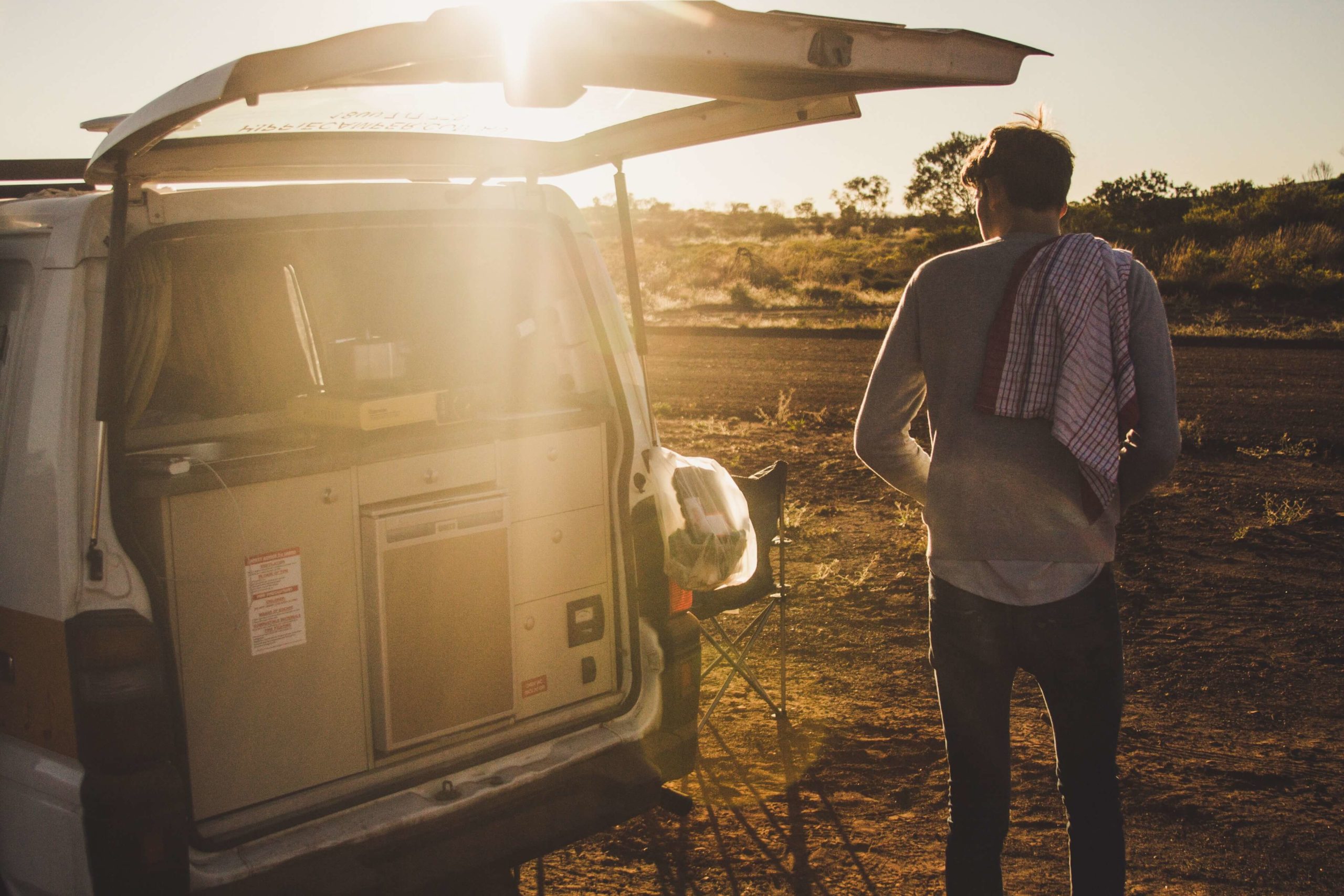Following the onset of COVID-19, there has been a dramatic resurgence of road travel in the industry. Those who never even considered this form of travel are now looking to rent or buy RVs and hit the road. How do we adapt to the needs of not just Gen X, Millennials, and Gen Z, but first-time renters, in general? Last week’s edition of our Mapping the Road Ahead virtual panel series sought to address this question.
Topics covered include:
- How outdoor travel and camping is evolving
- Popular RV amenities and features
- Tips for adding vehicles to your fleet
We brought together a panel of experts to discuss the needs of a new generation of renters and offer insights into how RV owners and the outdoor travel industry can better meet those needs.
Panelists include:
- Jen Young, Co-founder and CMO at Outdoorsy
- Ashis Bhattacharya, VP of Business Development & Advanced Technologies at Winnebago Industries Inc.
- David Sodemann, Founder of Boho Camper Vans
- Colin Gardiner, Chief Revenue Officer at Outdoorsy
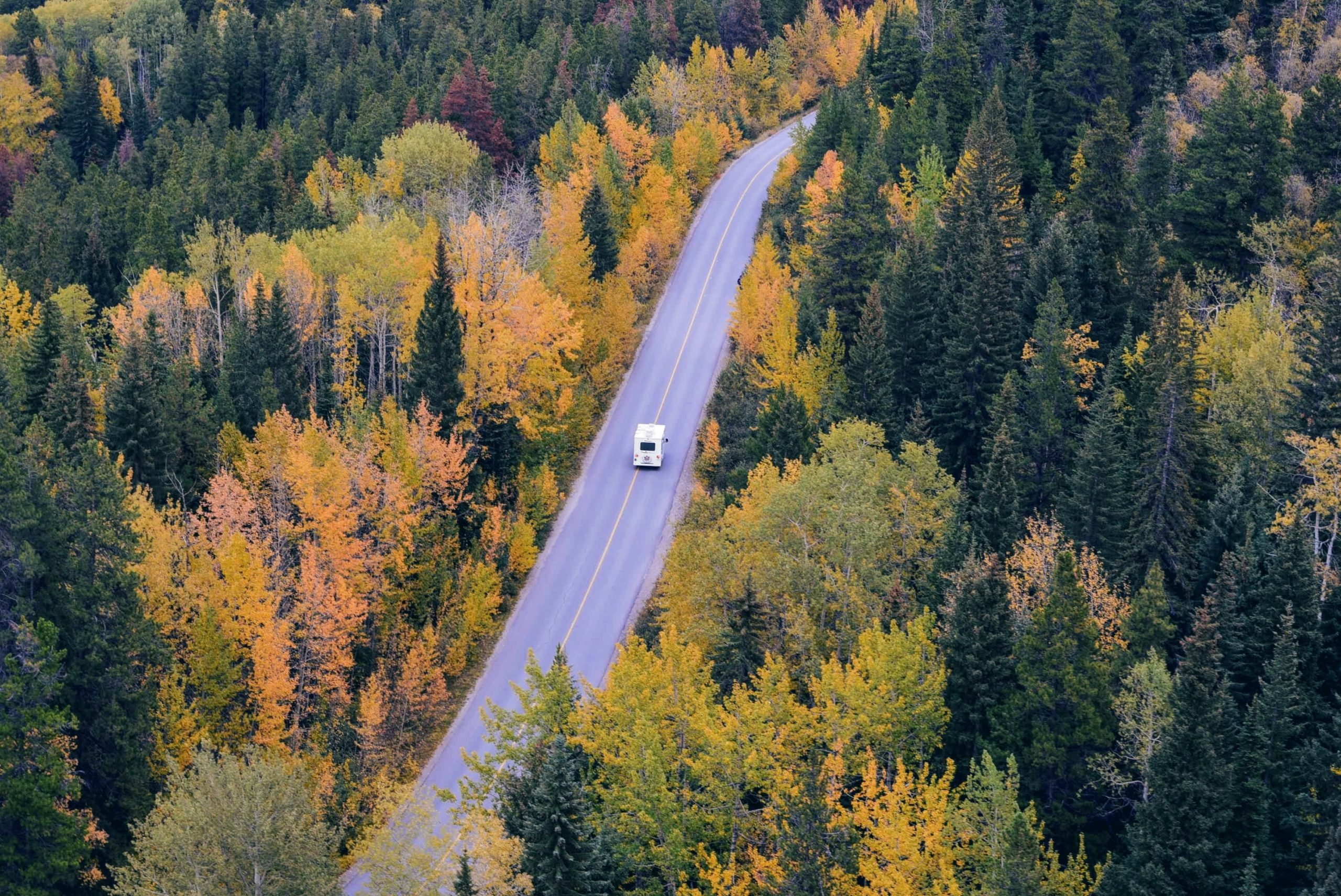
How is outdoor travel and camping evolving to meet the needs of a new generation?
This boost of interest in RV travel due to coronavirus isn’t just a short term trend. Jen sees a horizon of opportunity lasting anywhere from one to three years, as it’s difficult to know when airlines and various crowded tourist attractions will be able to operate safely. As Ashis mentions, this gives the RV travel industry the chance to instill or renew an interest in the outdoors among the generations.
From a Purchasing Perspective
Browsing to Buying
There has been a significant increase in dealership traffic, and as Ashis points out, people aren’t just browsing. RV travel is one of the only real travel options at this point, safety-wise, which is encouraging people to actually buy.
Custom Camper vs. Production Model
With such an increase in RV purchases, it is more challenging than ever to meet demand, and complete custom builds. A common occurrence is customers coming to the dealership and asking, “What’s on the lot, ready to buy today? I want to go.” Winnebago has a lead time of around 12 weeks, so that’s obviously not feasible. At Boho Camper Vans, they previously built whatever rigs were brought to them. With higher demand, the company is having to place their focus on one to two models, one of which is the RAM ProMaster, which has excellent features and is affordable. This way, more people can get on the road.
From a Renting Perspective
At Outdoorsy, around 80% of user traffic coming in is new. This speaks to the blossoming interest in the outdoor travel space.
Motorhomes vs. Trailers
Unless they live somewhere like Texas, many renters don’t have vehicles with the towing capabilities needed to rent a trailer. That said, there has been a developing interest in the motorized vehicle category with class Cs and Bs, along with campervans, being the most popular option for fleeing the city and getting into nature.
What amenities and features are more popular than ever?
RV renters and buyers today are looking to go off-the-grid, and stay off grid for longer than usual. With that in mind, they’re looking for rigs with the capabilities and amenities to keep them on the road and moving for as long as possible.
Longer Life Batteries & Better Resource Management
Lithium-ion systems and solar panels are viable options that provide long battery life and allow RVers to keep their devices charged. As far as resource management goes, we’re looking at freshwater, greywater, and black water tanks. How much they can hold is an important question to consider when buying or renting because the larger your tank capacity, the longer you can stay on the road without emptying and refilling. All Boho camper vans have solar power and 25 gallons for water storage.
Colin mentioned that more RV renters and owners are starting to look for generators in their rigs, offering further anecdotal evidence that this off-the-grid mentality is a trend that’s here to stay.
Easability
David points out, as it is especially relevant to his business, that people are leaning more towards the campervan than other RV classes. Millennials and retirees alike see the campervan as the most maneuverable and accessible of options because there is less of a learning curve when it comes to operating the vehicle. Ashis added that when it comes to the influx of new renters and buyers, “maneuverability or ease of driving is one of the concerns that people have,” as many of them may not be familiar with RVs and are worried about driving and parking one.
A trend Outdoorsy has seen is that older generations are renting these rigs for more extended periods as they have more disposable income and time. It is also worth noting that even Class A RV owners are hopping on the campervan bandwagon as they reach a time in their life when they just don’t need that much space.
Sleep Space
Ashis also points out, “people really look at very inventive ways of squeezing in more people into a limited space.” Whether bringing tents along, so some sleep inside and some outside, or having interior RV conversions, it is not really necessary to rent large rigs, as there are other amenable solutions to small-space camping.
Immediacy
The shift toward smaller rigs provides a unique opportunity for owners. Trips with larger rigs often involve more people and more planning, usually months in advance. As David mentions, during this time, people’s previously planned trips are being canceled, and they are left wondering what to do now. This provides David and other smaller RV owners the chance to hop in to capture renters that you wouldn’t have necessarily grabbed with a larger rig.
Rental Length
From the rental perspective, the rental length is up, about a couple days more than the average, Colin says. Renter and buyers alike are looking to get out for longer periods of time. Features mentioned before, like water tank storage and long battery life, allow them to do so.
Family Friendliness
For families, travel trailers are a great option because you have your car to explore, and you have the trailer to sleep — no stress over seatbelts, or setting up tents.
What should owners consider when adding vehicles?
When adding vehicles to their fleet, owners should keep the trends and features mentioned above in mind. Renters are looking for campervans and smaller rigs to go off-the-grid for longer than usual. If you’re looking to add to your fleet, think about how you can make a better experience for these renters, especially the first-timers we see a lot of today. Solar panels, seat belts, sleep conversion options, and greater tank space are all things to keep in mind.
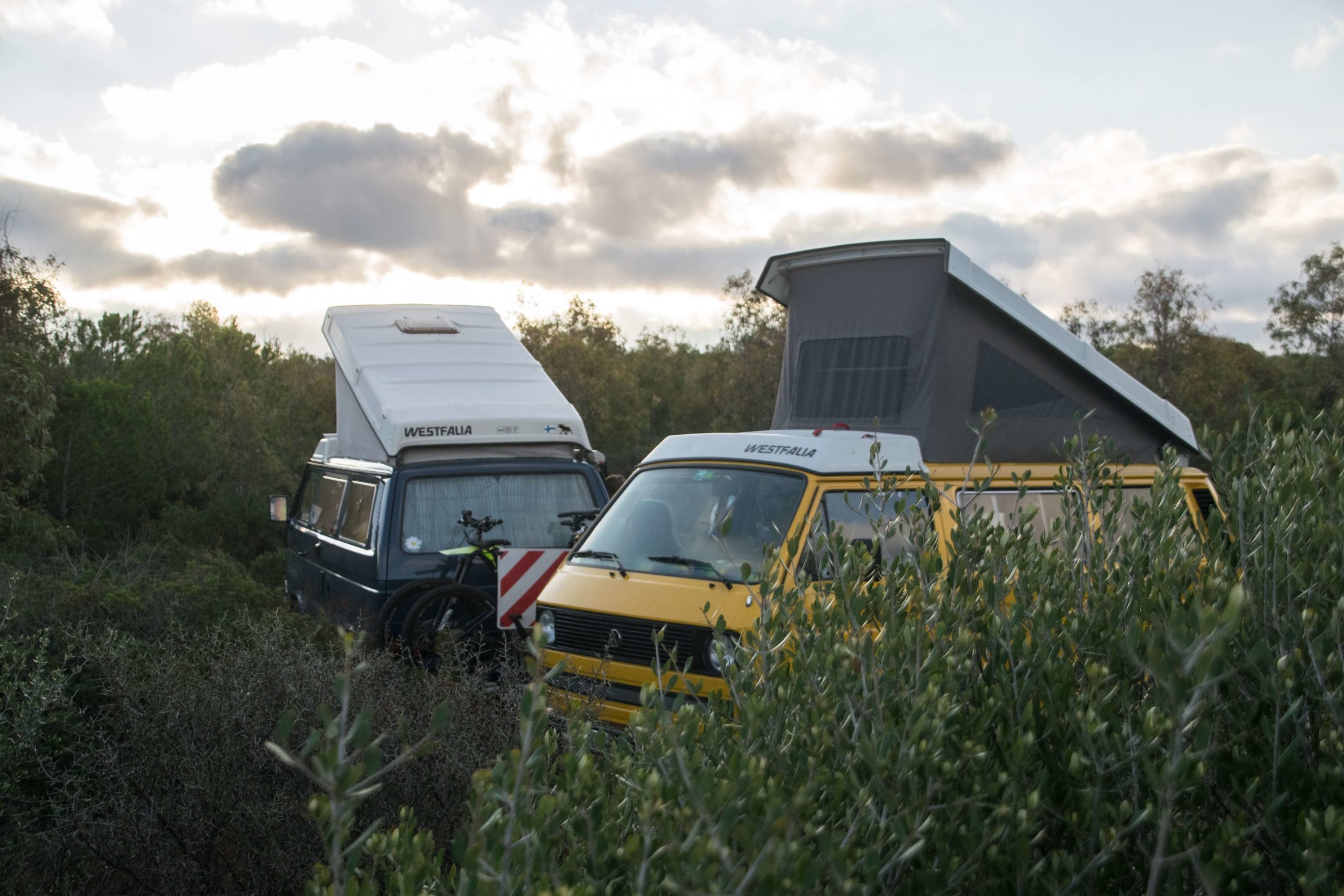
Ask the experts
Answers to the most common questions received from the audience.
What’s the lowest budget that the Boho team can work with to outfit a new van?
Pricing can range from $20K to start to $40K depending on newness, mileage, and usage. With Boho Camper Vans, their build-out is around $35K. “For right now, if you wanted to purchase a van, I would say the range is between $60K and $72K out the door,” David says.
How can owners make their listing more appealing, particularly in today’s climate?
First and foremost, great documentation is essential — great photos and a great rig setup. Put yourself in the renters’ shoes and think about what they would want to see. Set up your vehicle and photograph it with that in mind. Other things you can do is offer people the chance to see the rig before renting or offer lower upfront prices to get renters and reviews that’ll help your business in the long run.
Colin goes on to advise, “The more services you can offer to people increases the revenue you make. But it also increases the ways that your customer can access you.” Airport, campground, and driveway delivery are valuable features to have.
Are there any new technologies that Winnebago is really excited about?
Ashis mentions four developing technologies to be excited about. The first being more consumer-like chassis making rides more like a consumer car than a commercial car. Secondly, electrification. Winnebago has been working on this for commercial vehicle applications. Third, user interfaces. In RVs, there are about 15 to 20 subsystems within. The future of RVing may see a simplifying of these interfaces, making them easier to use. Lastly, materials like better insulation and more advanced technologies that would allow vehicles to be conducive to three or even four seasons.
What would you say is the most common misunderstanding that people have about what differentiates campervans from the more traditional RVs?
According to David, a common misunderstanding is reliability. As many are custom, it can be challenging to know what you’re going to get. This is an area in which the campervan industry has to evolve, and Boho Camper Vans is doing just that.
Another misconception is that you can park them anywhere. In some cases, you can, but oftentimes you may get a knock on your door.
What’s more popular on Outdoorsy? Drivable or towable vehicles?
It really depends where you are, Colin says. The overall search volume leans towards drivable, but in general, there are more towable options than there are motorized. However, it still really depends where you are. In Texas, you’ll find more towable vehicles, while in more urban areas, you won’t. All in all, there is more towable inventory, but more interest in the drivable vehicles.
In the Class B and campervan categories, what are your favorite Winnebago models that are a little bit larger than class Bs?
When Ashis first started with Winnebago, he headed off on a journey in one of their class Cs, which was built on a Mercedes Sprinter chassis called the View of the Navion. He found this to be a well-rounded vehicle. It was comfortable to drive and had a good layout.
What advice would you give to somebody renting out their campervan for the first time?
David’s short answer? Just try it. Most people will see the work you put into the vehicle and will treat it with respect. Explain how you built it and your story. People will resonate with that and care for it as you would want them too. And don’t be afraid to let them know if they’re your first renter and that you may be a little nervous.
Some final advice David offers is, “Perhaps you make the leap to rent it. It’s always rented. Now you have a bunch of extra income to build another one. And then who knows, maybe you have a couple out there. And you know, you make the next one even better. You learn from your mistakes. You get to try it again.”
Discover more expert insights by watching or rewatching Mapping the Road Ahead: A New Generation of RV Travel. You can also join the Outdoorsy RV Owner Community if you have more questions or want more insights from the RV community. Lastly, check out our COVID FAQ page for updates and keep an eye on the national and state park openings in your neck of the woods.
Can’t get enough of the experts? Other Outdoorsy virtual panels that may interest you:
Mapping the Road Ahead: Post-Pandemic RV Travel Destinations
The Future of RV Travel: Mapping the Road Ahead After COVID-19
